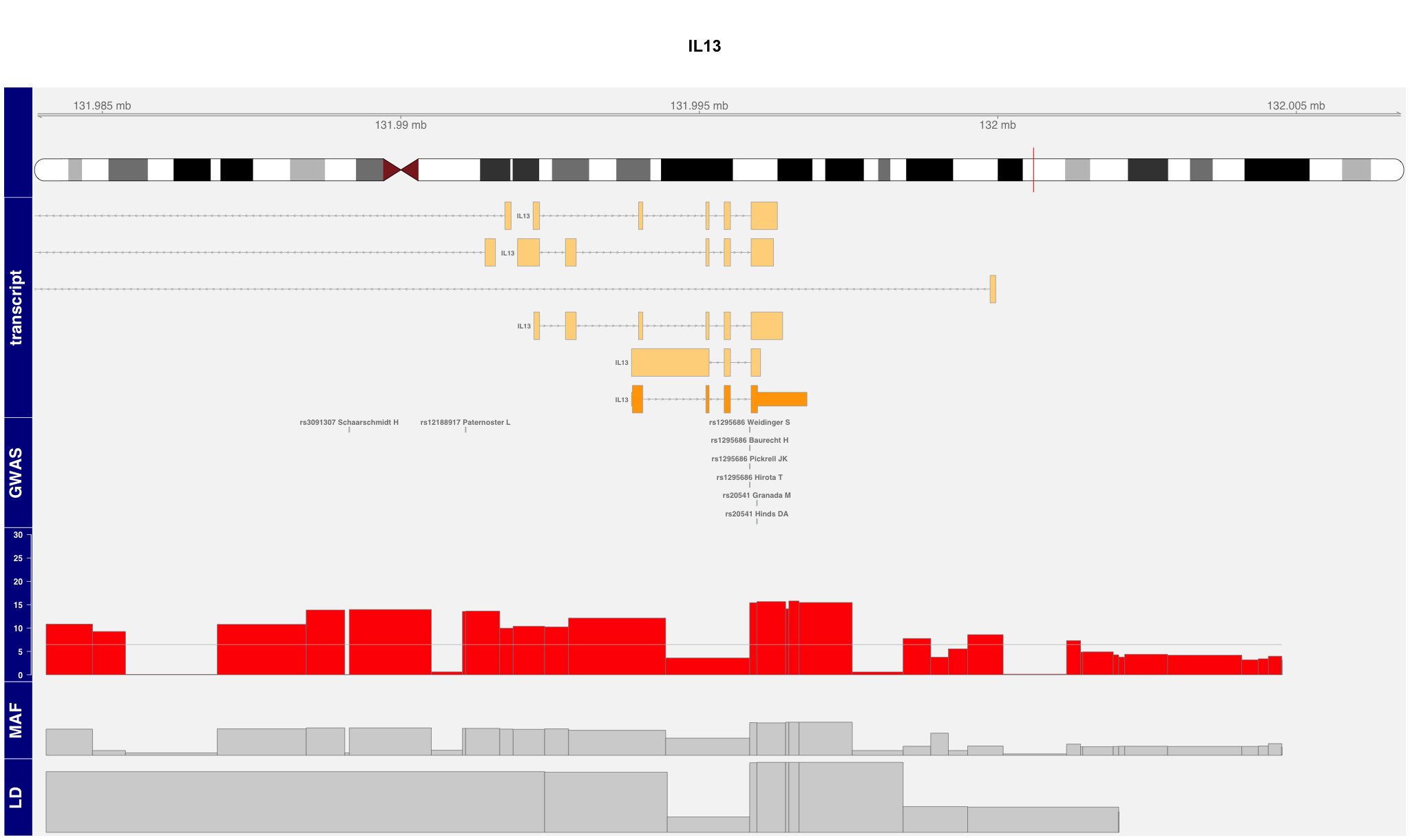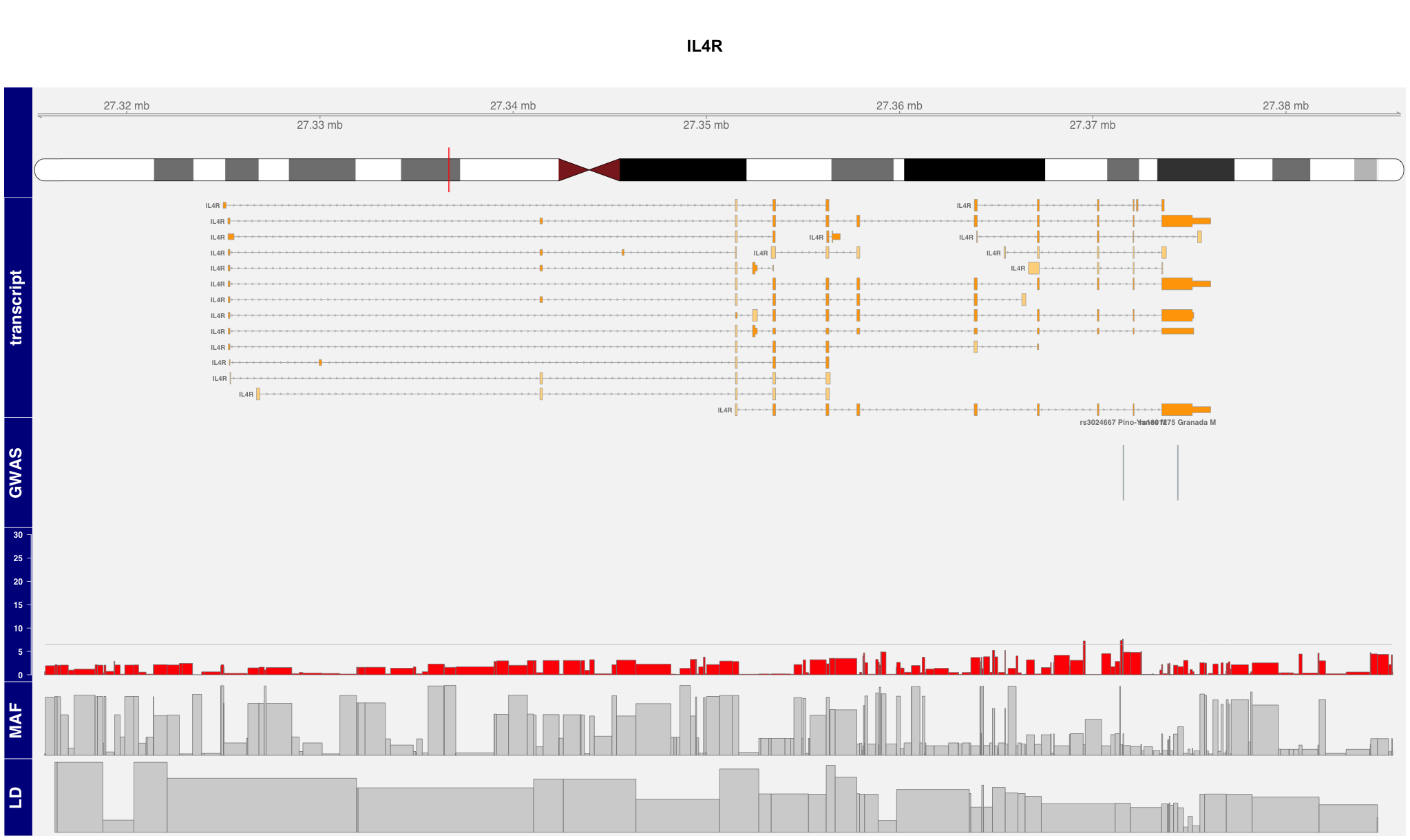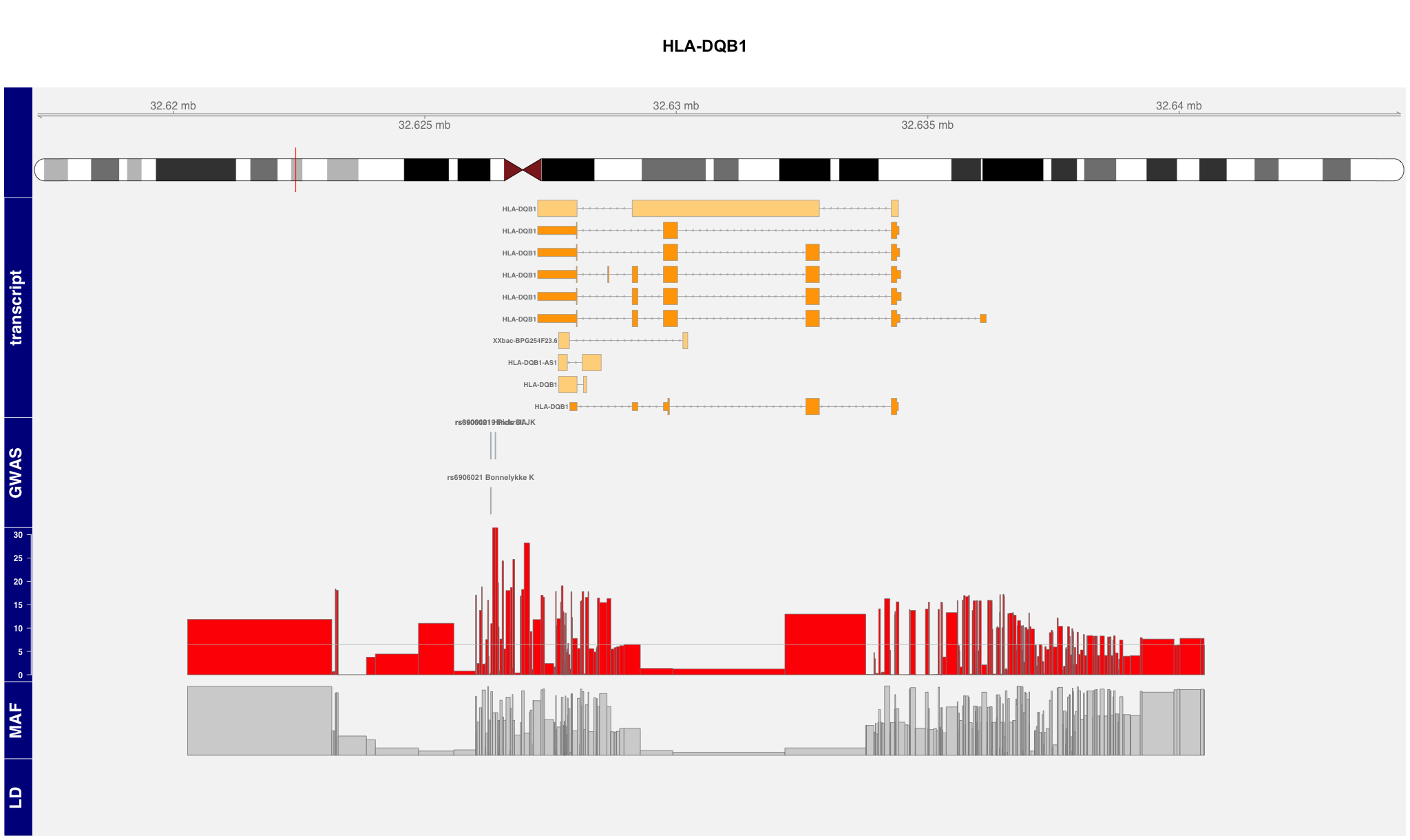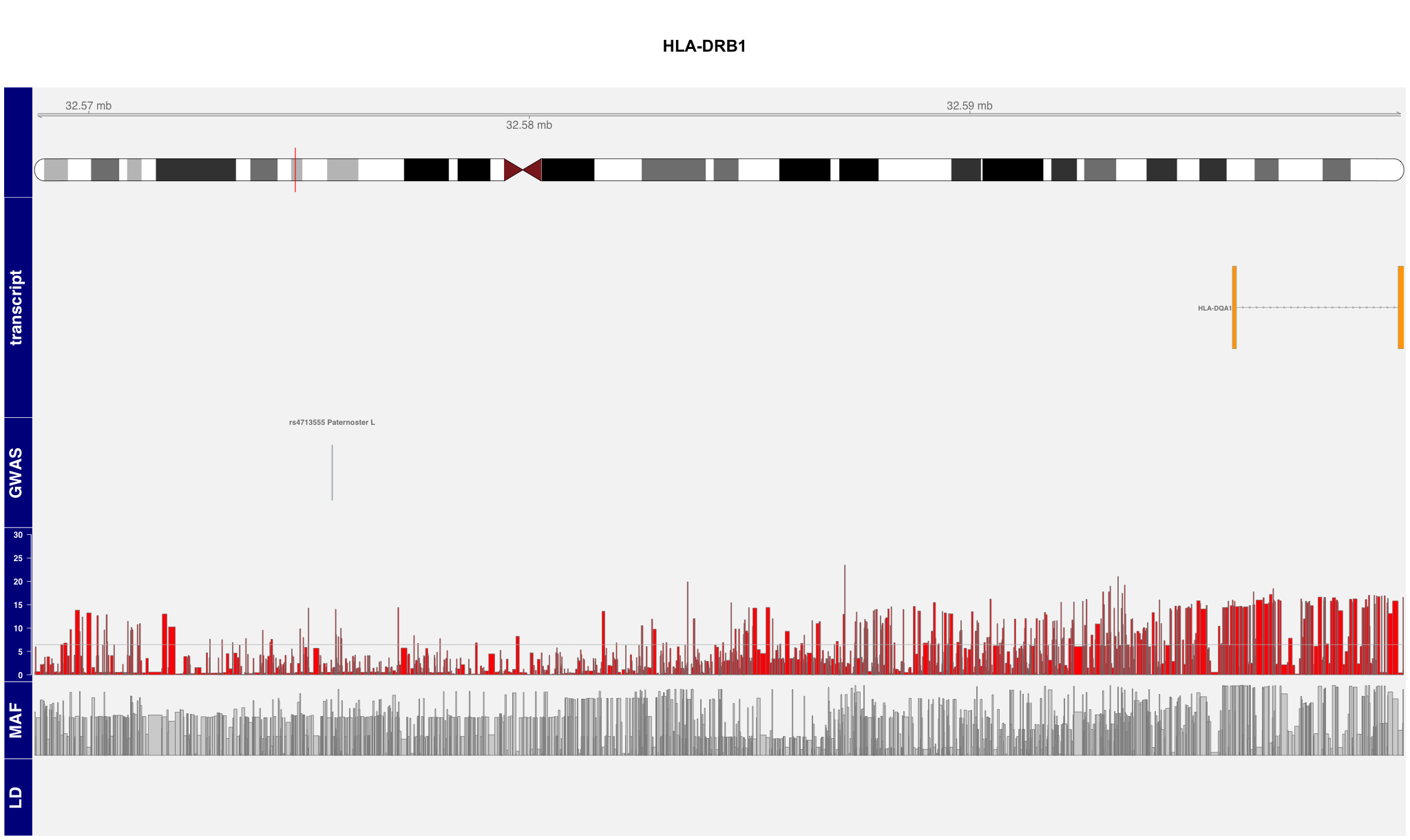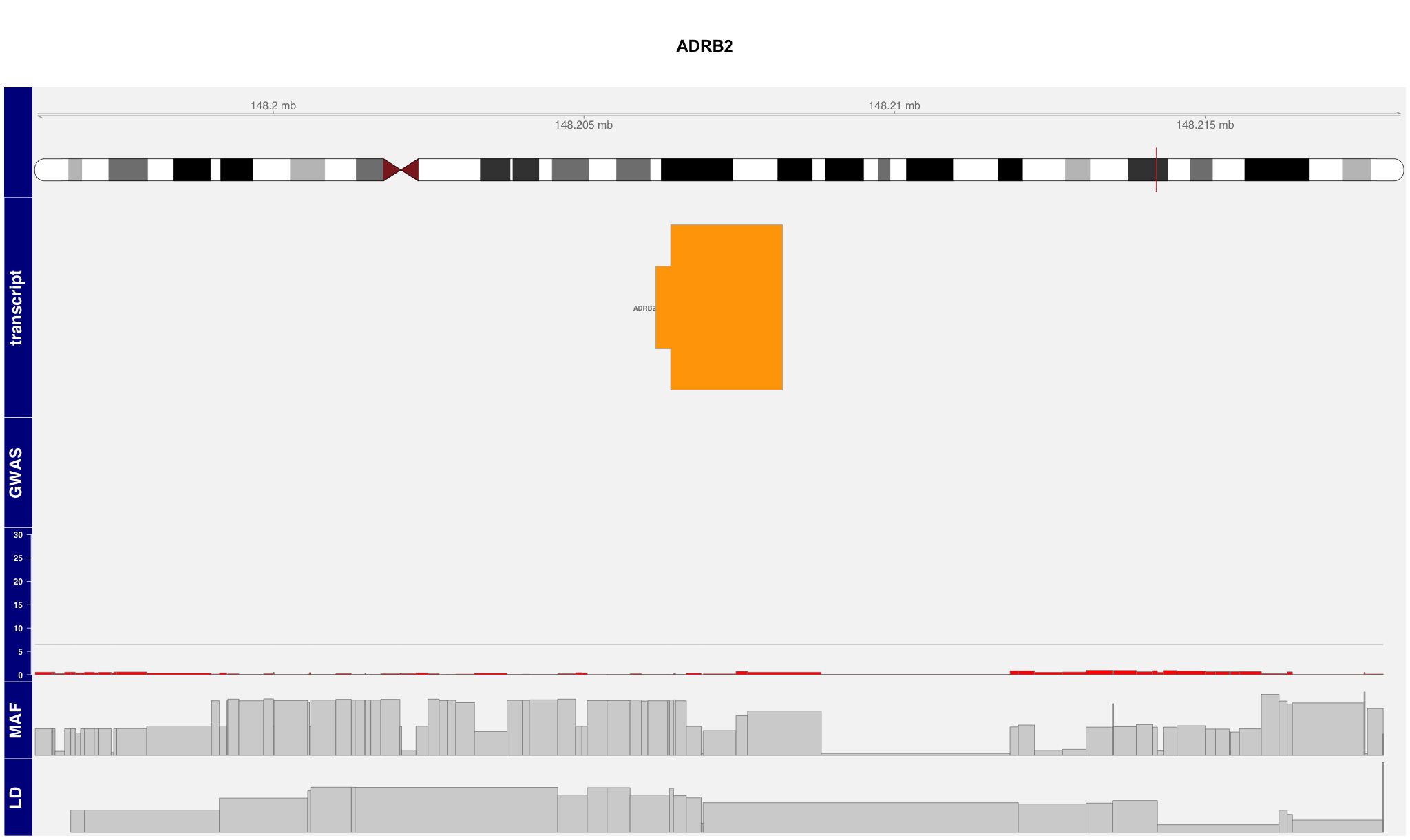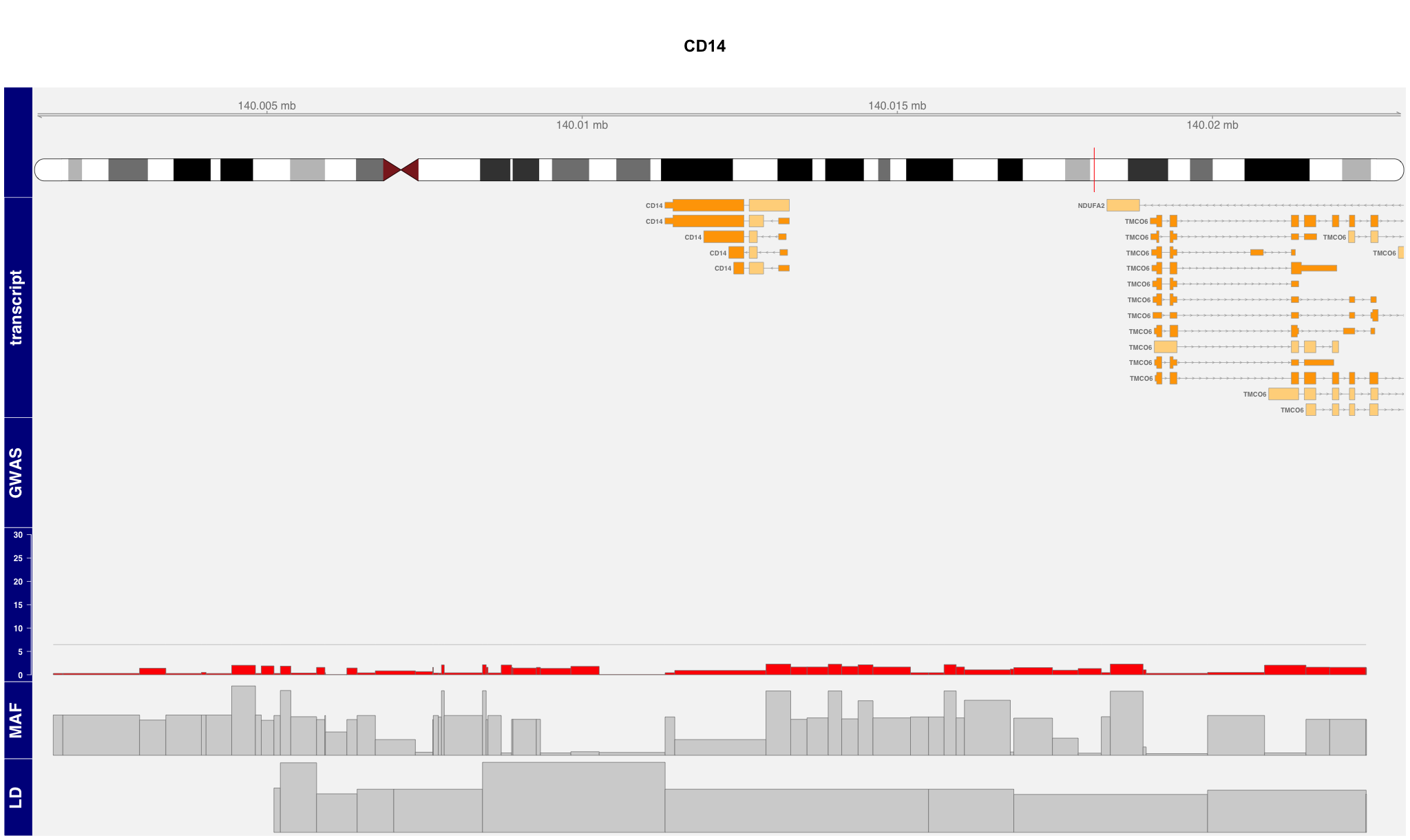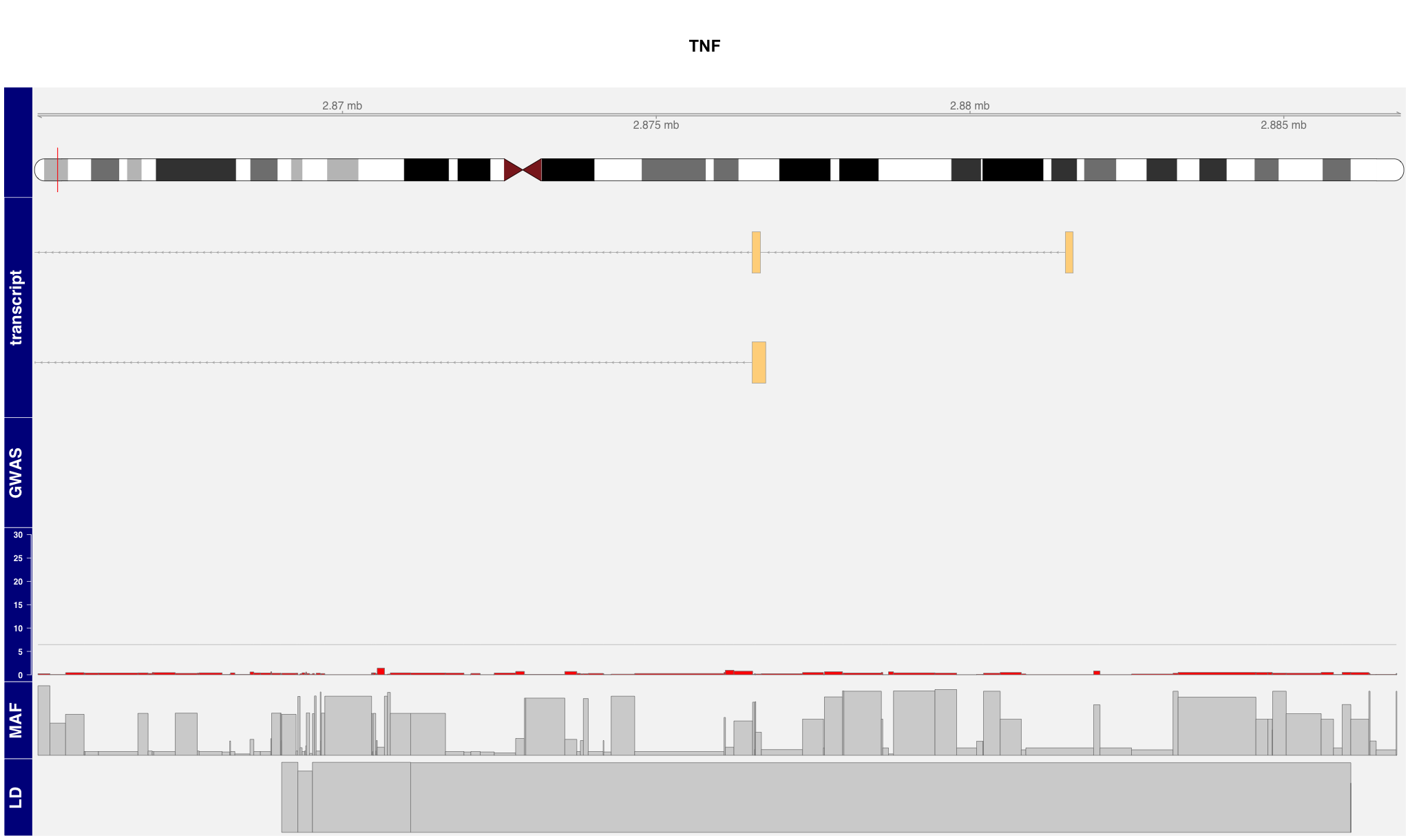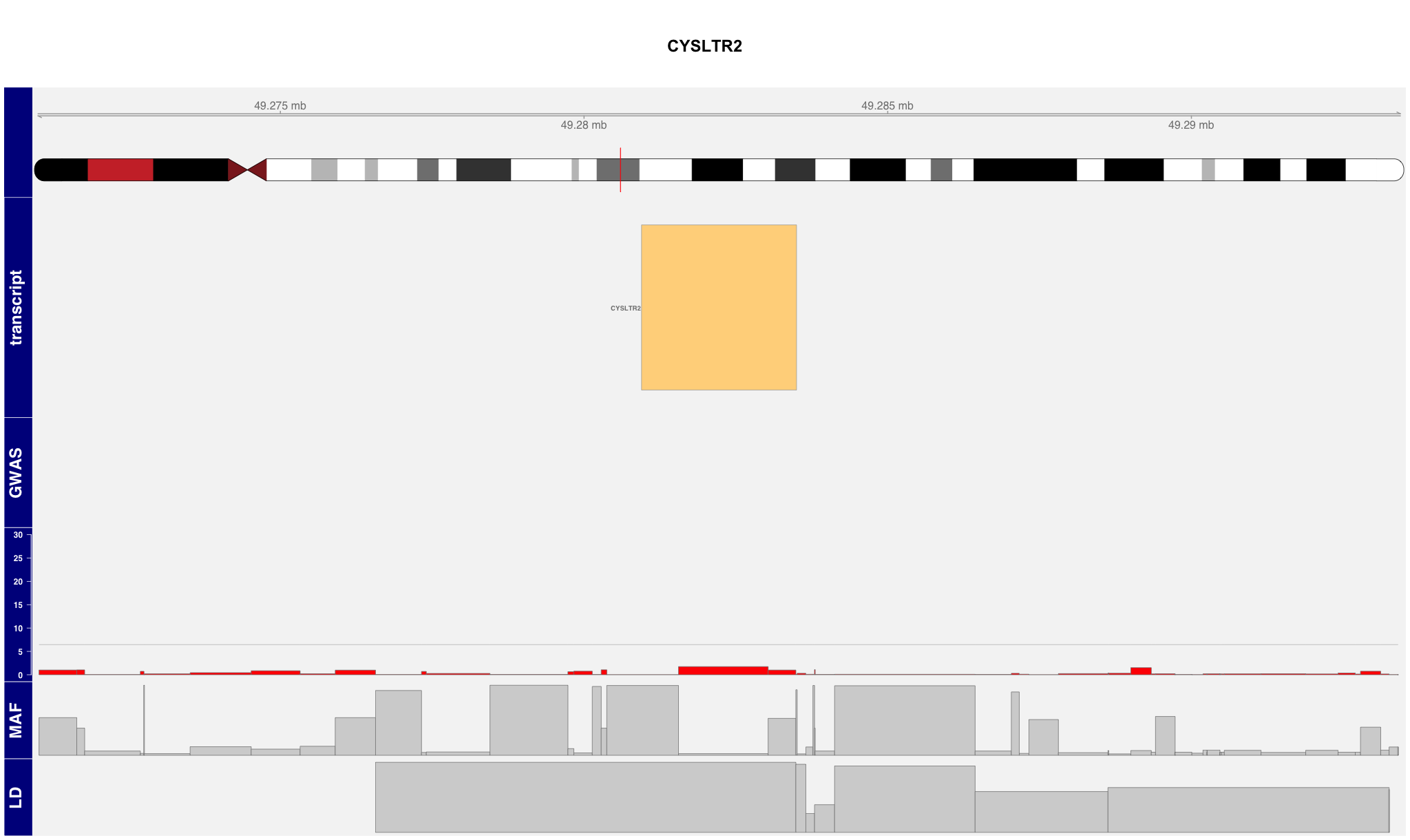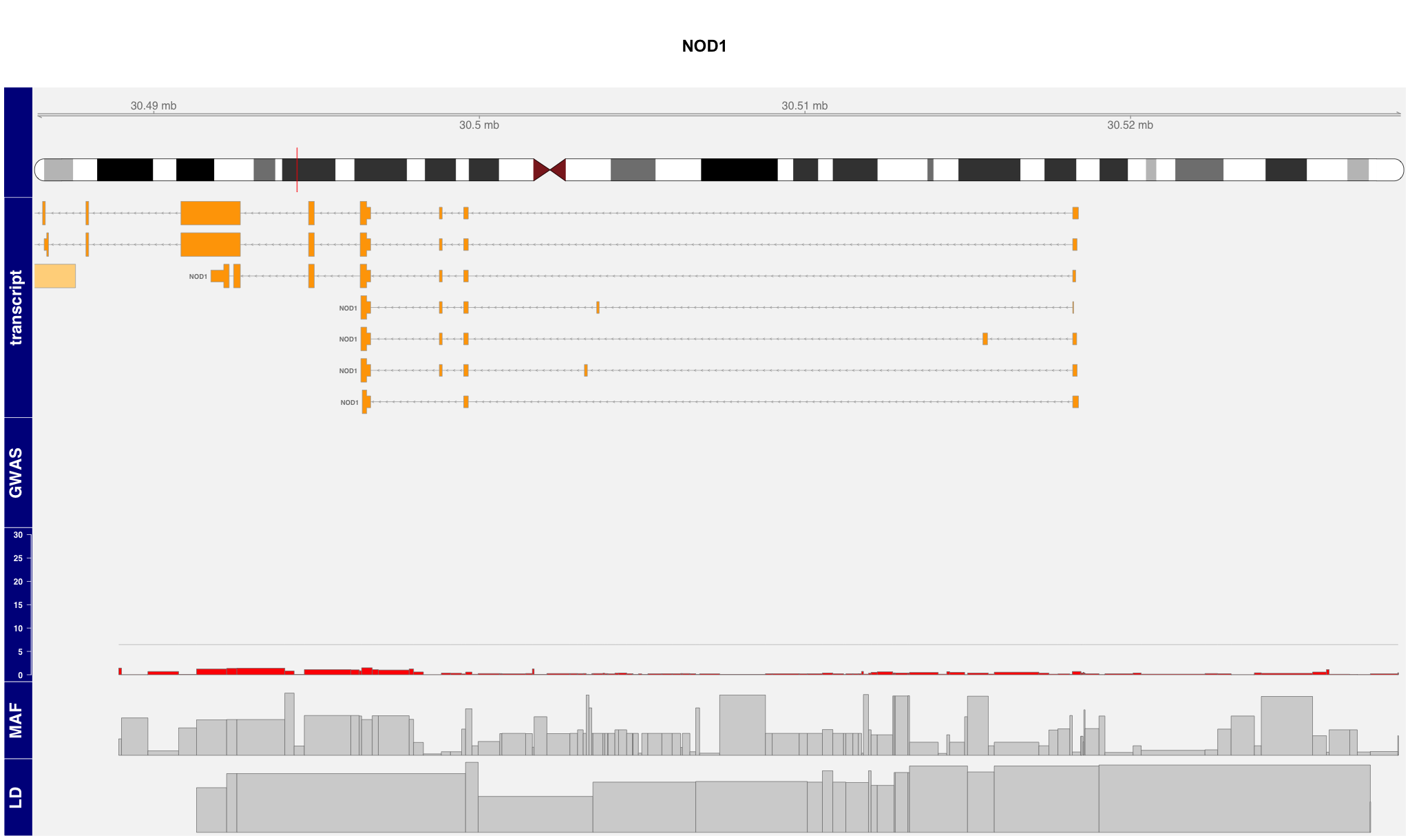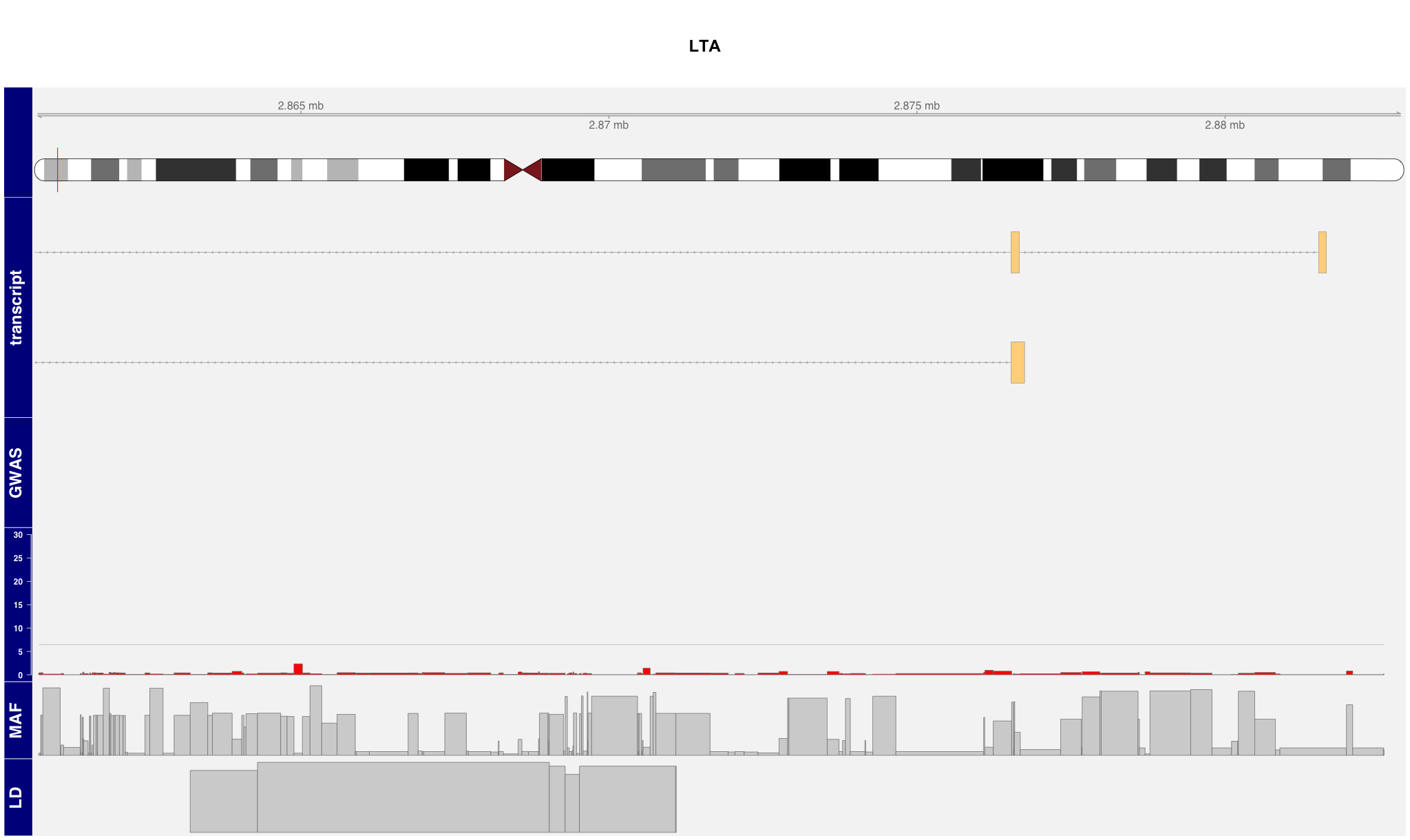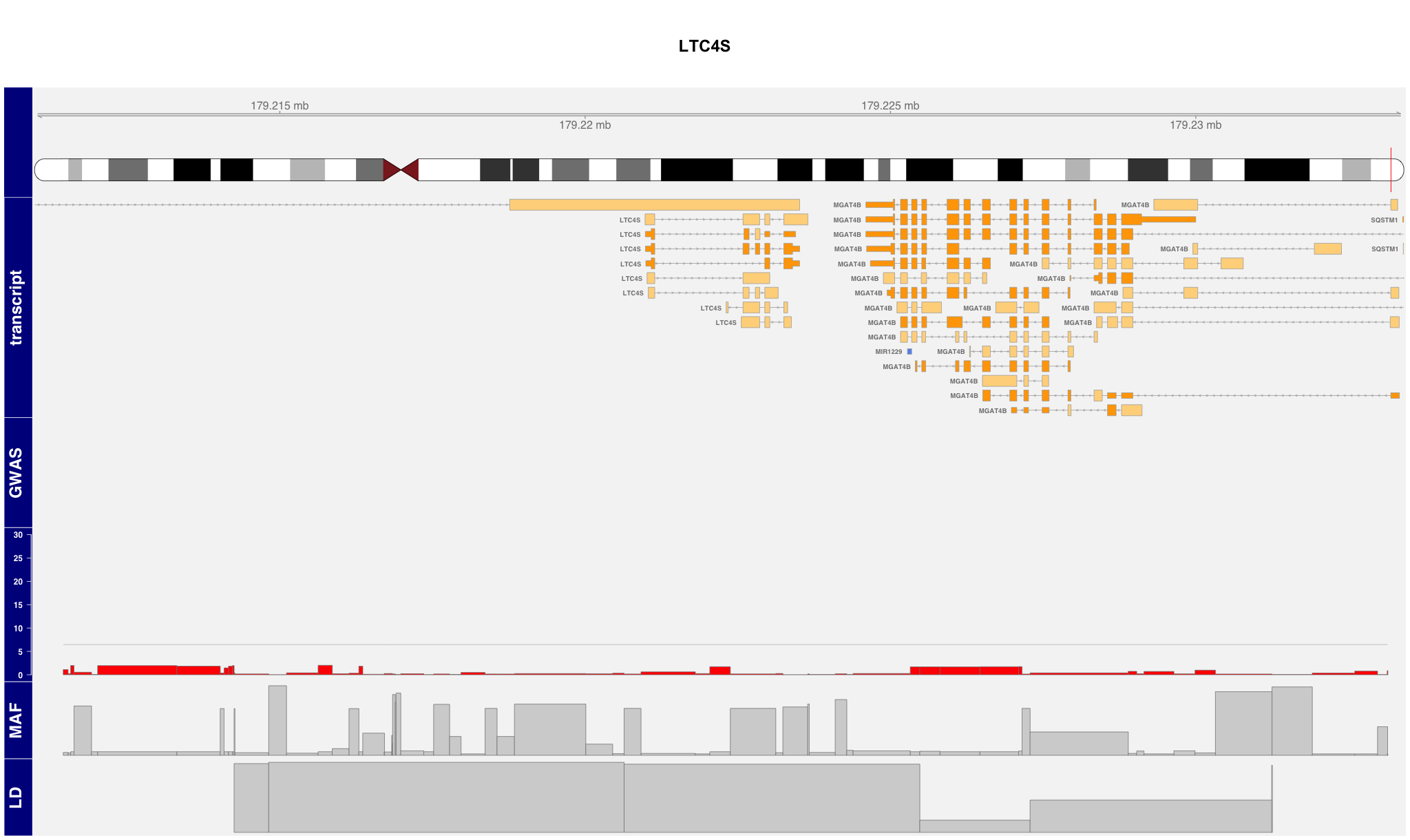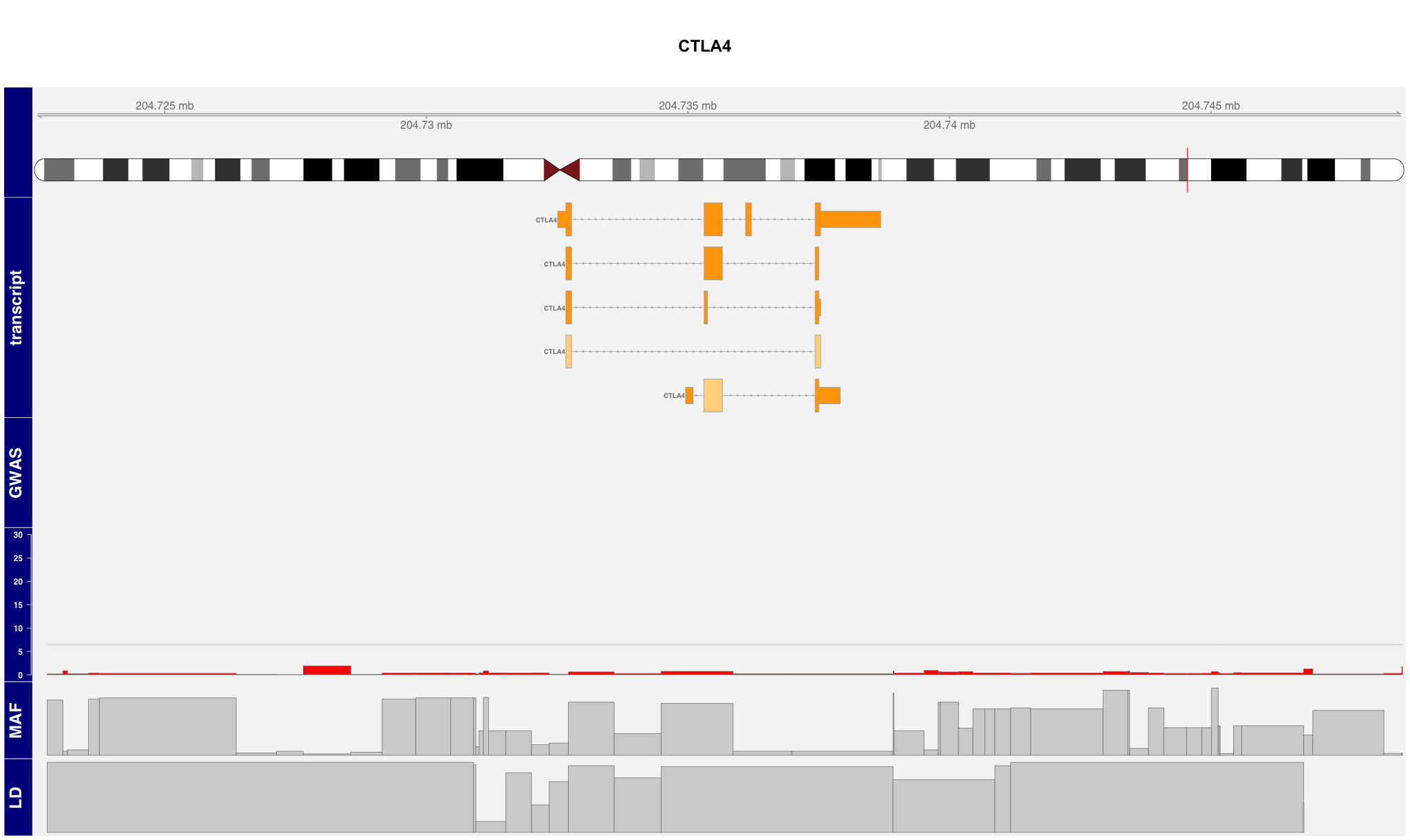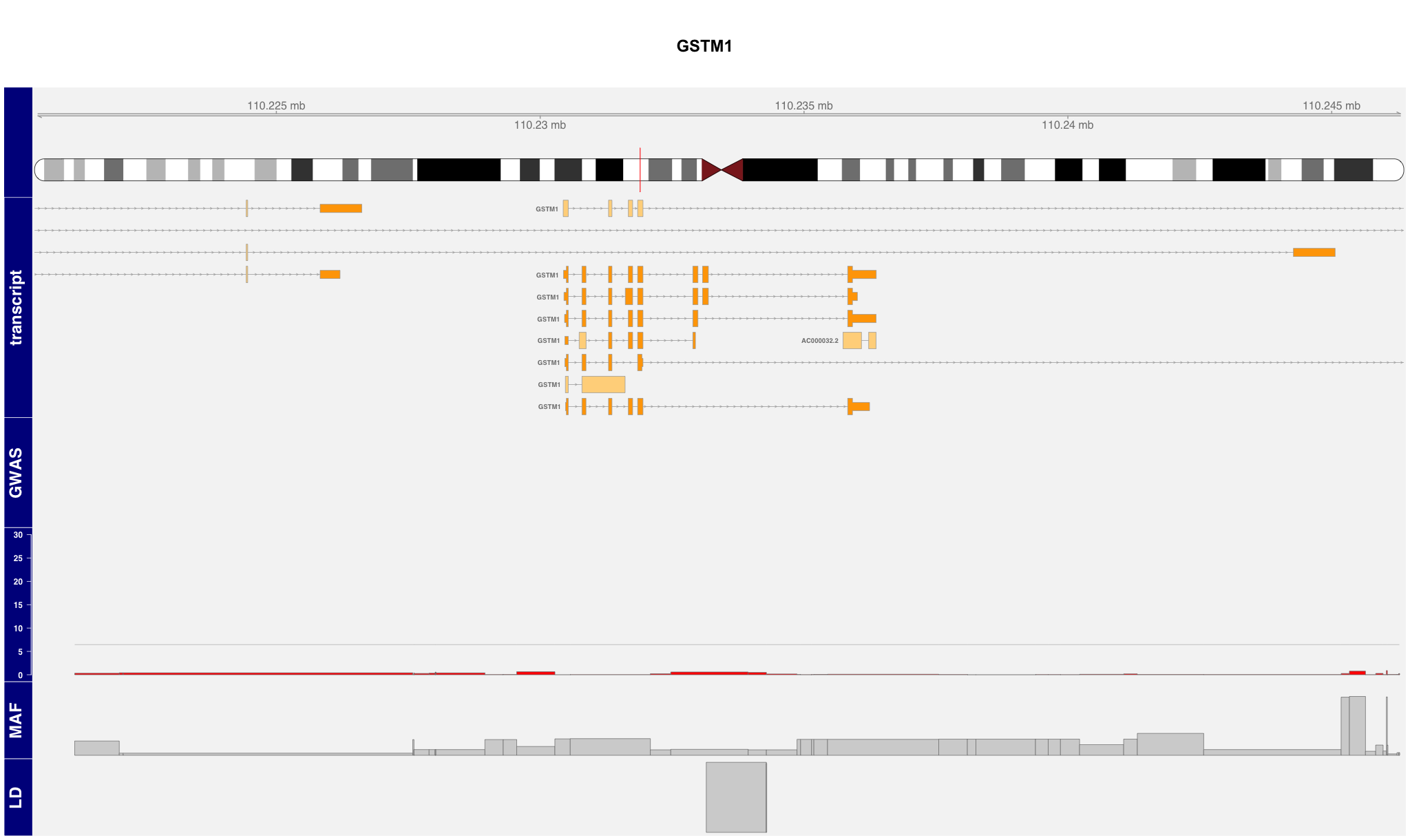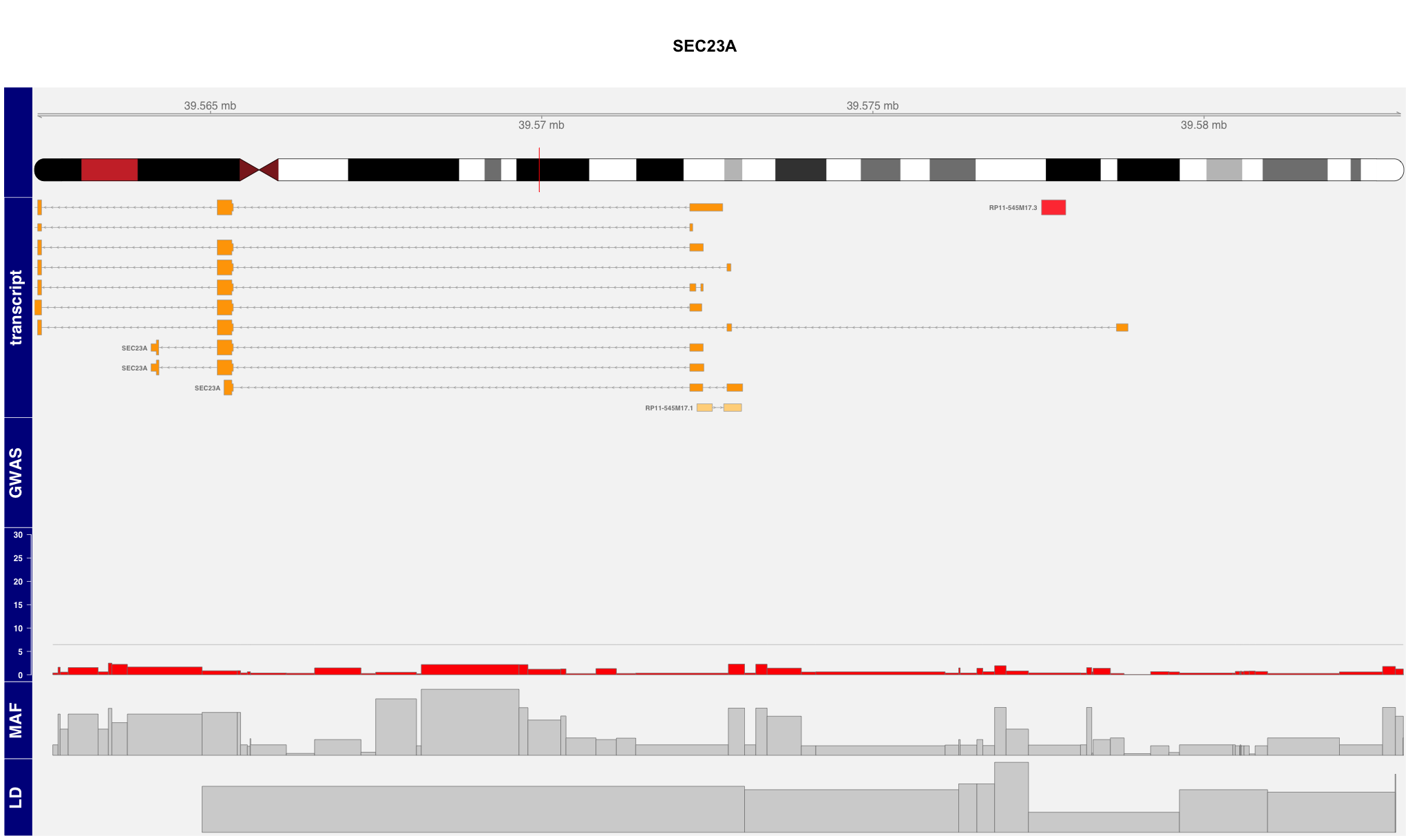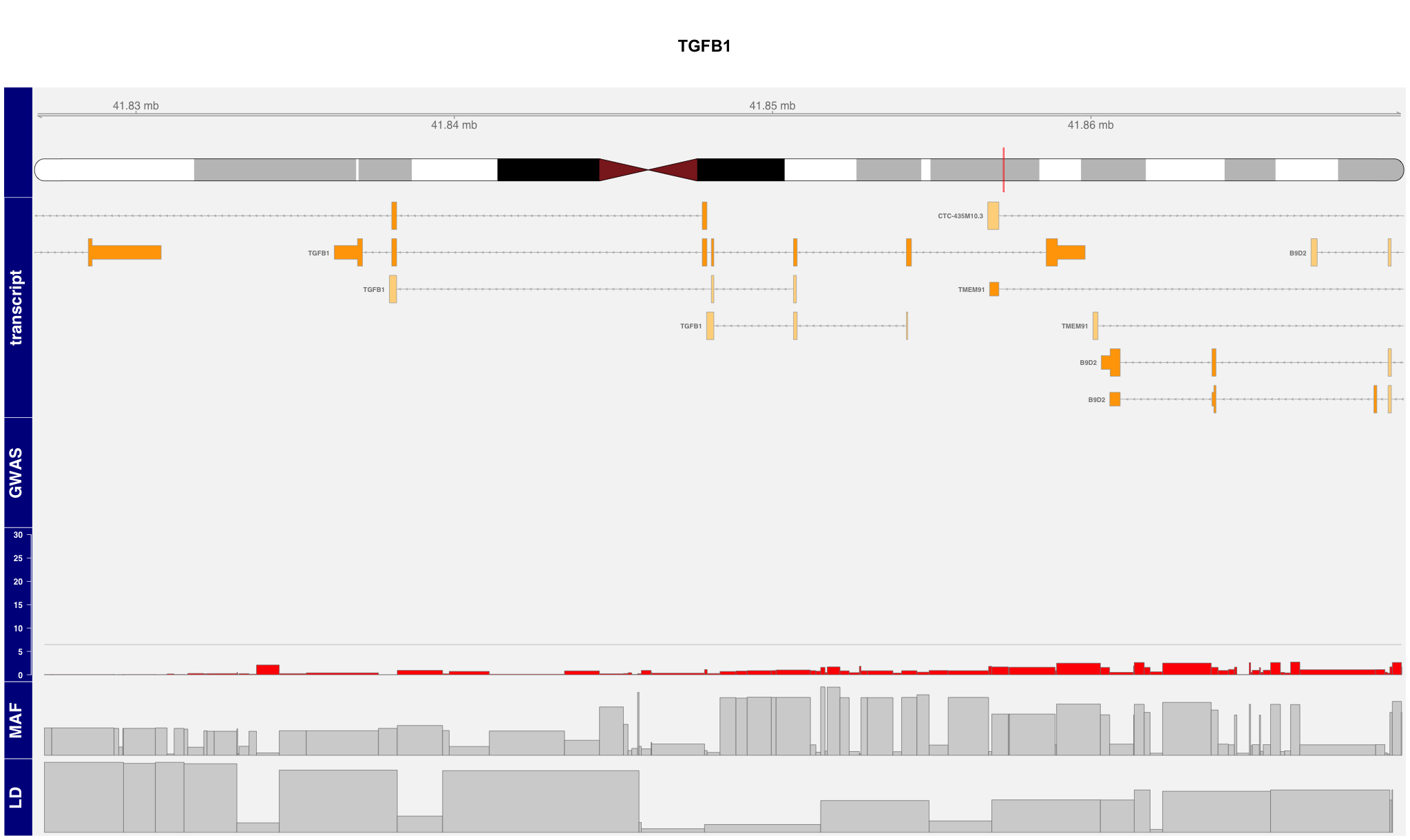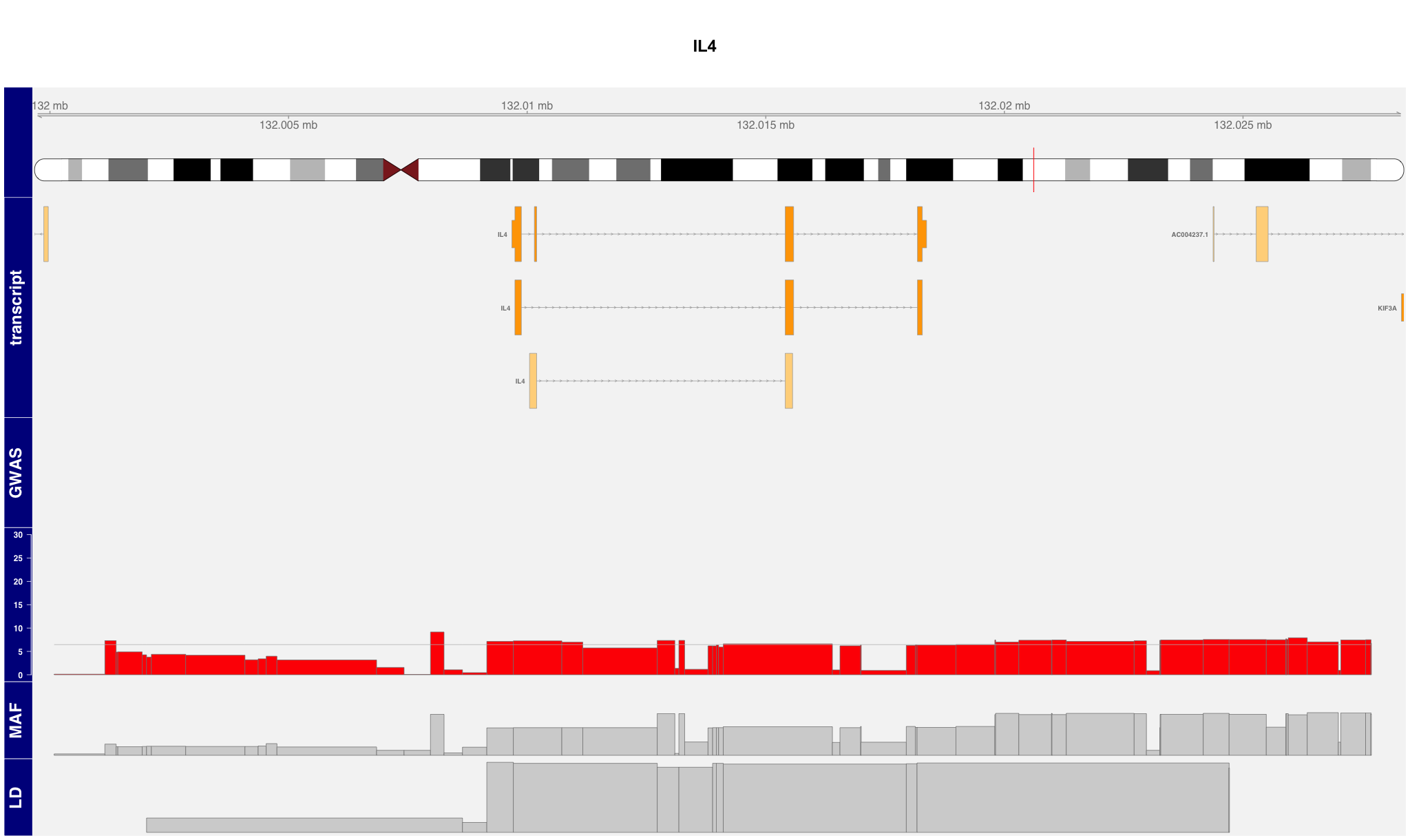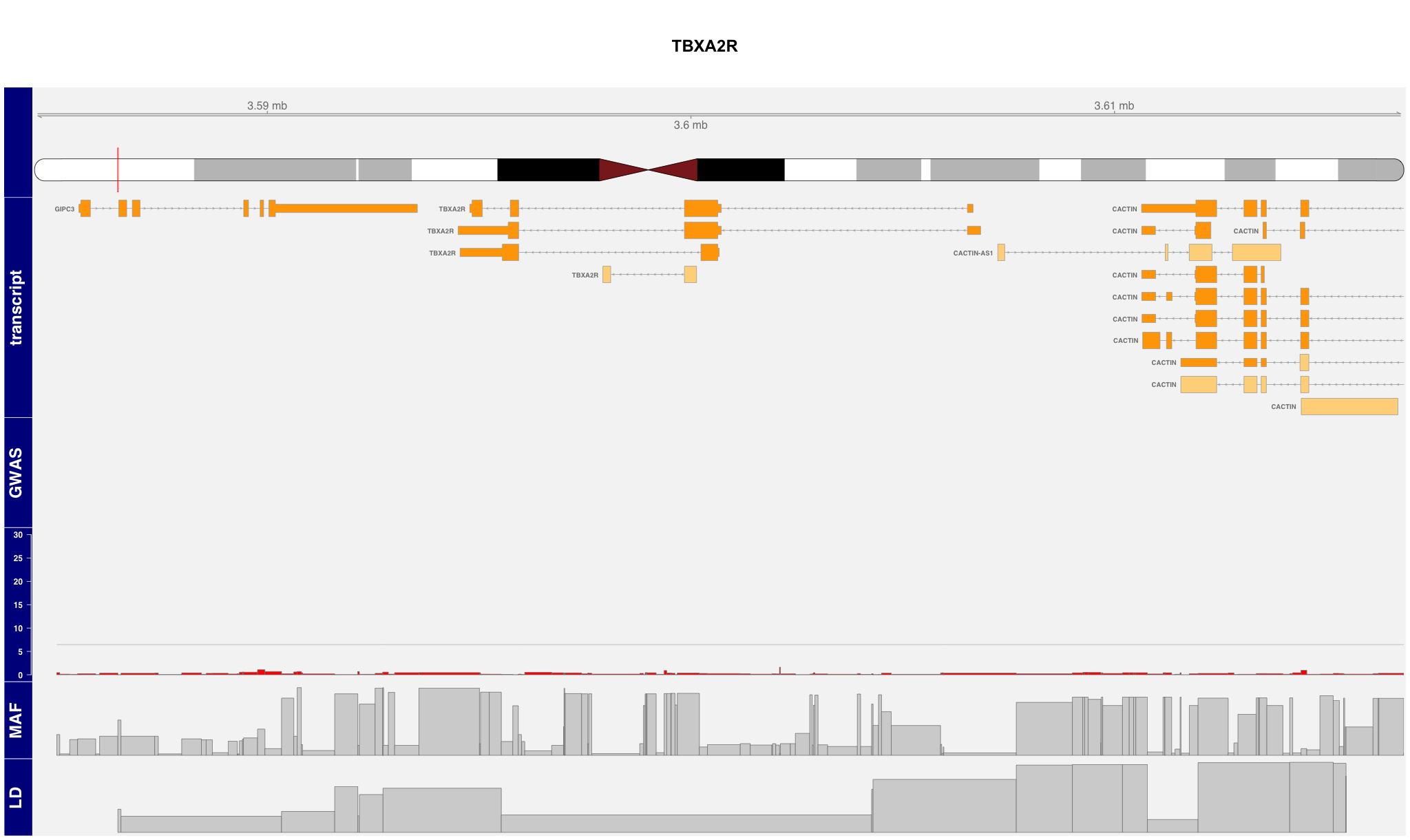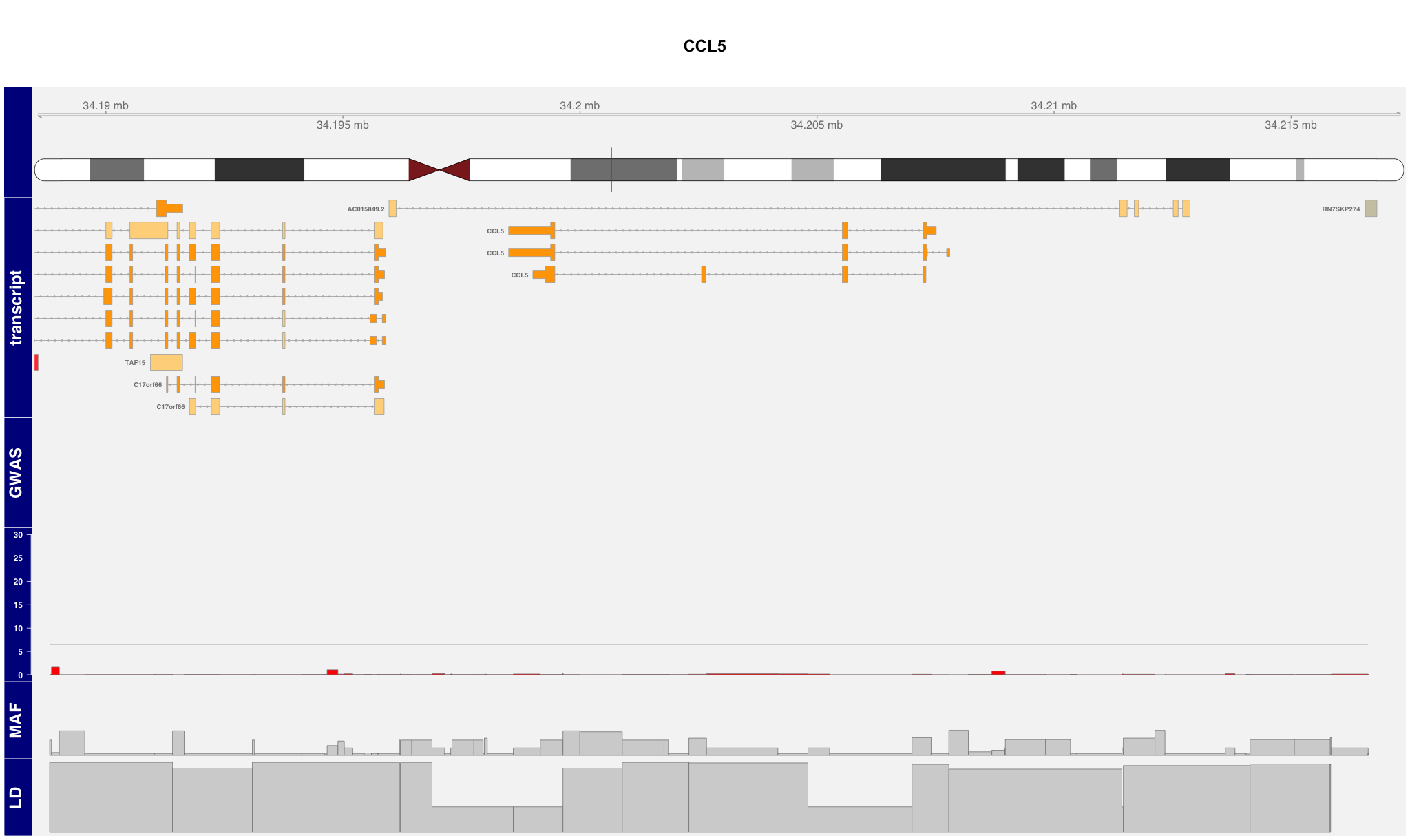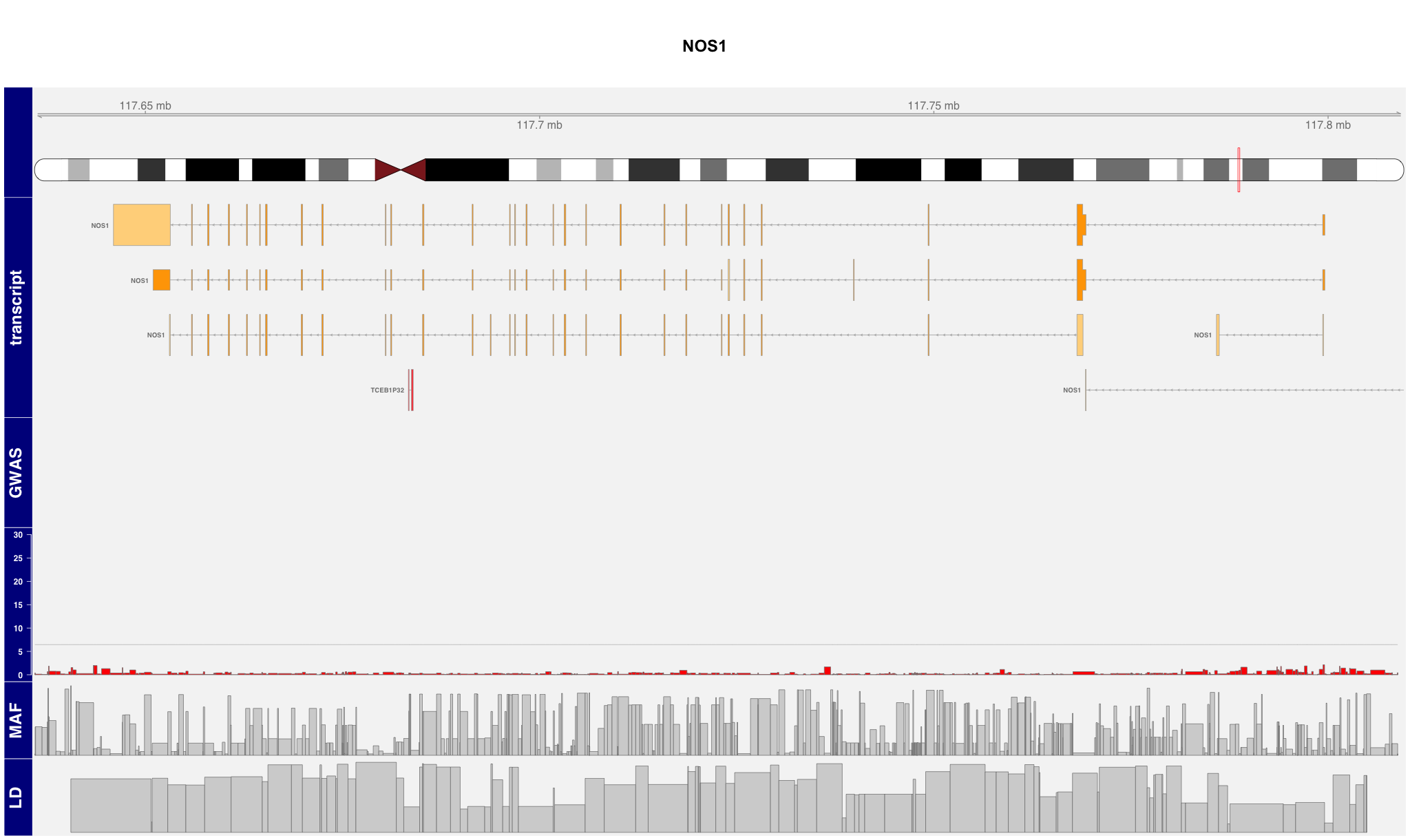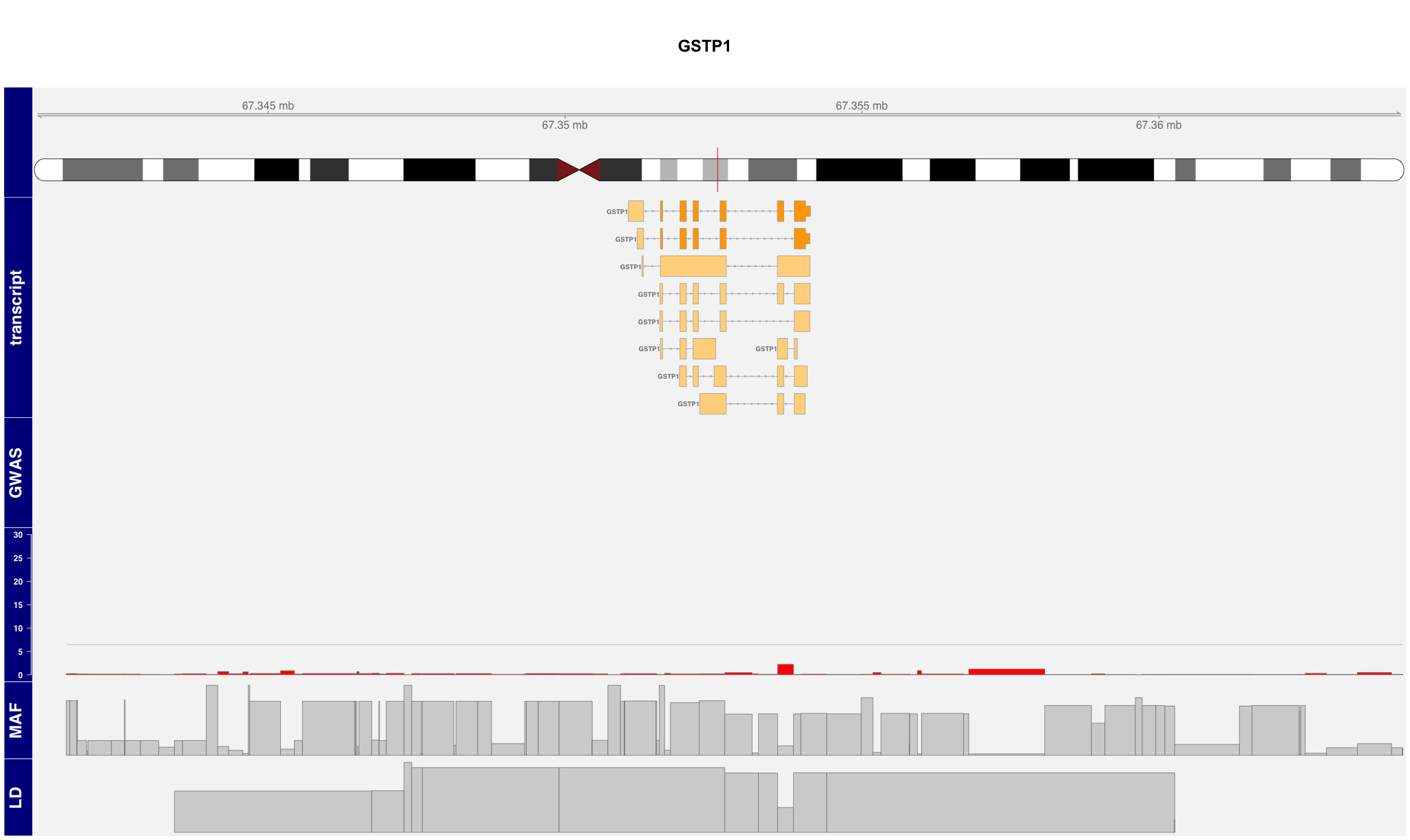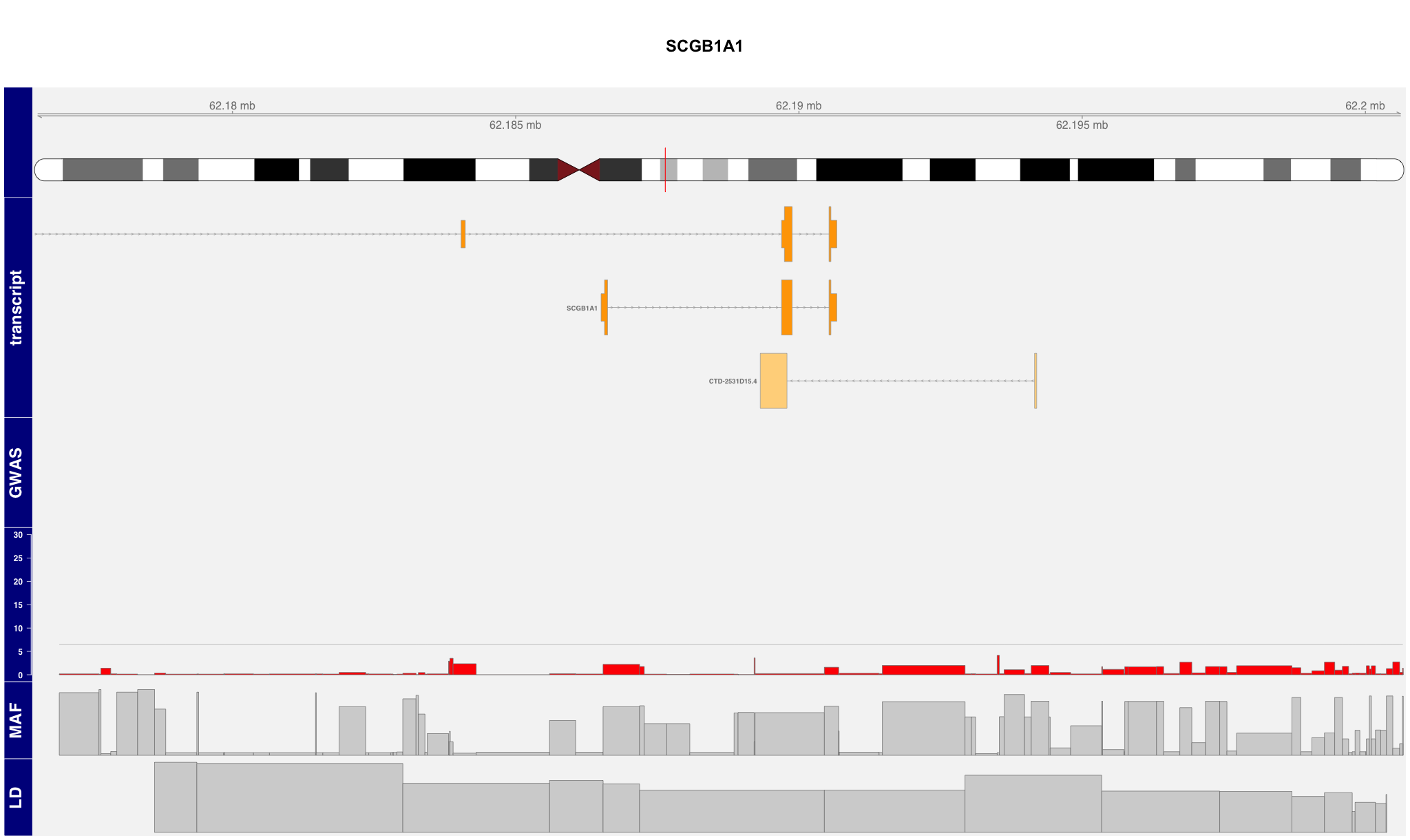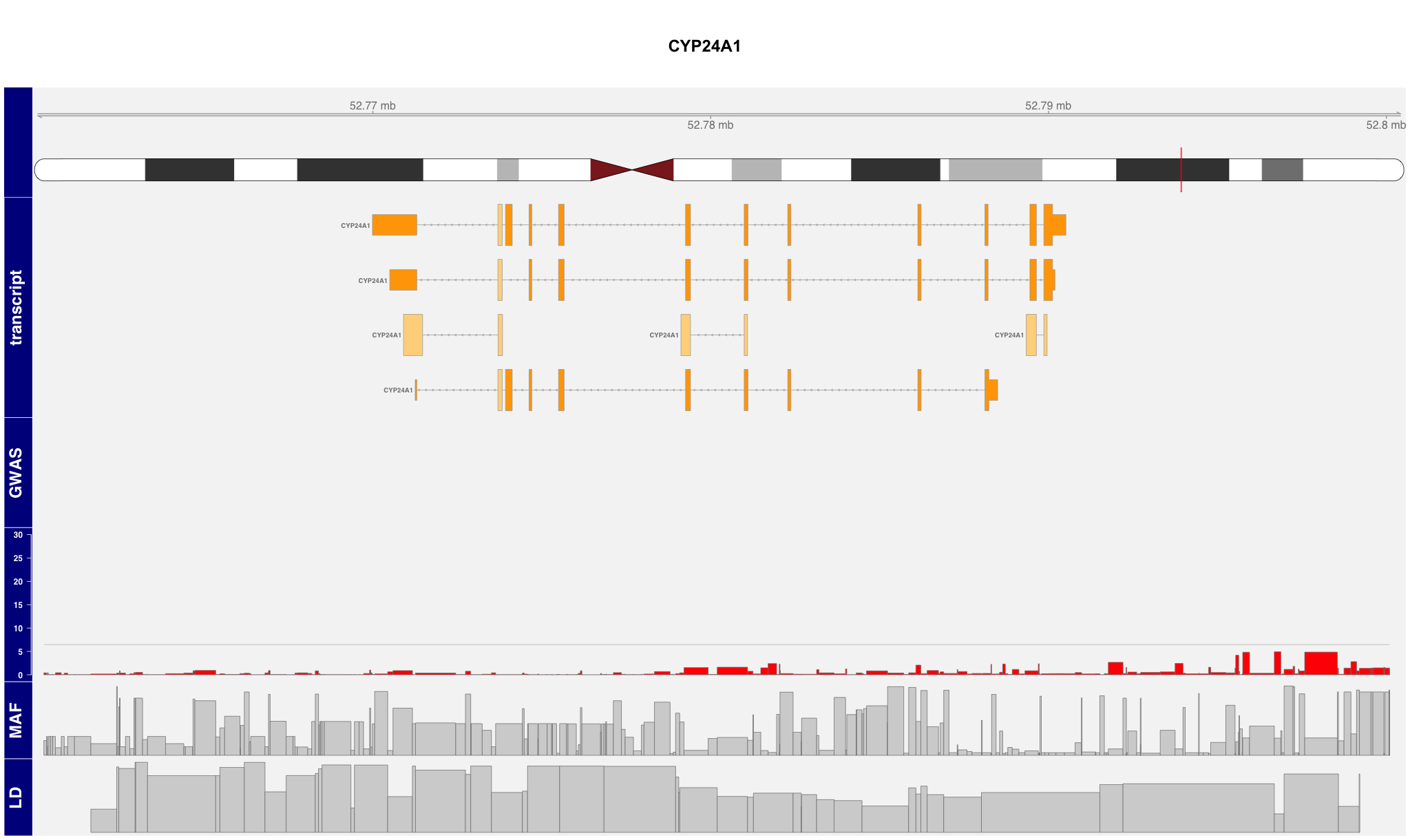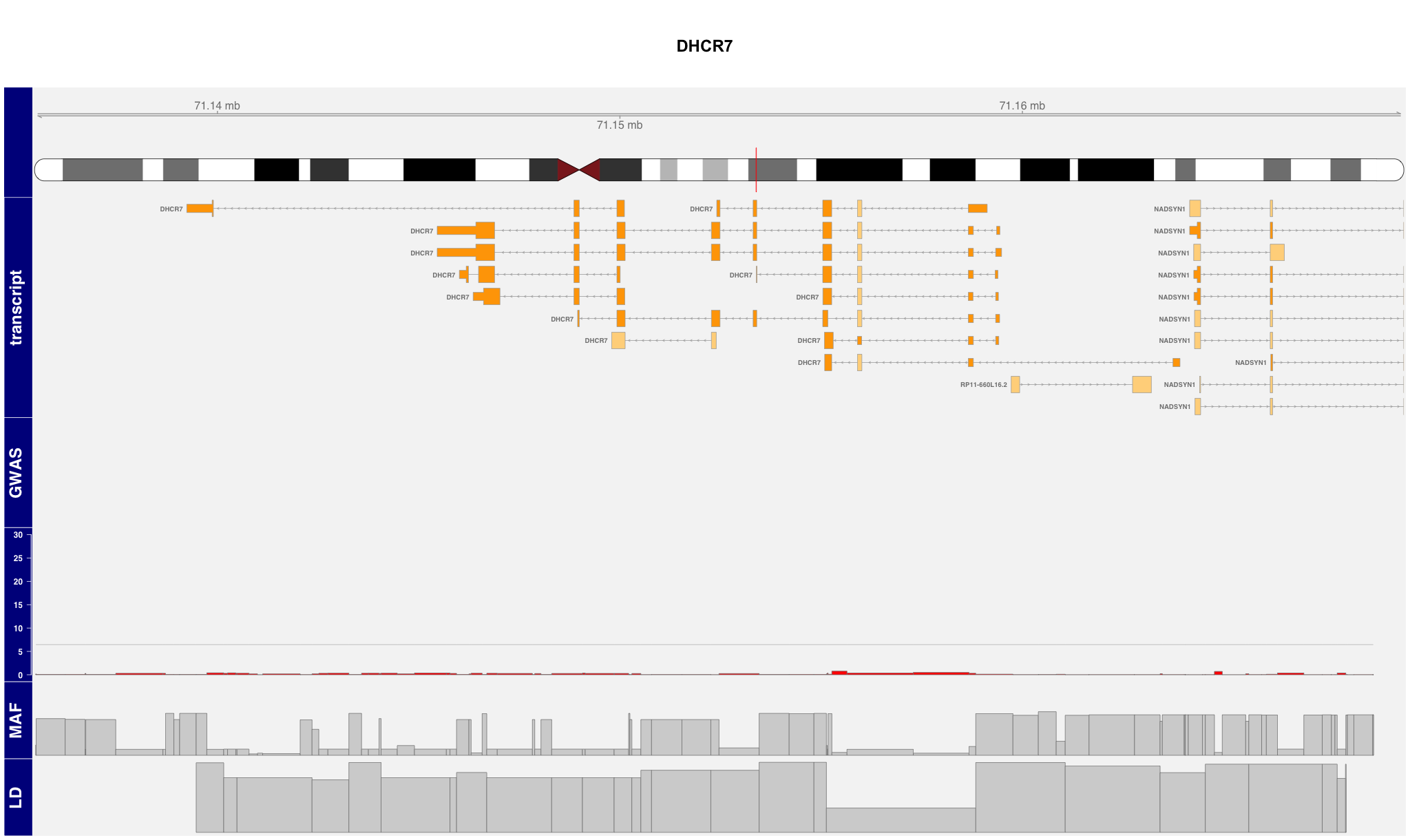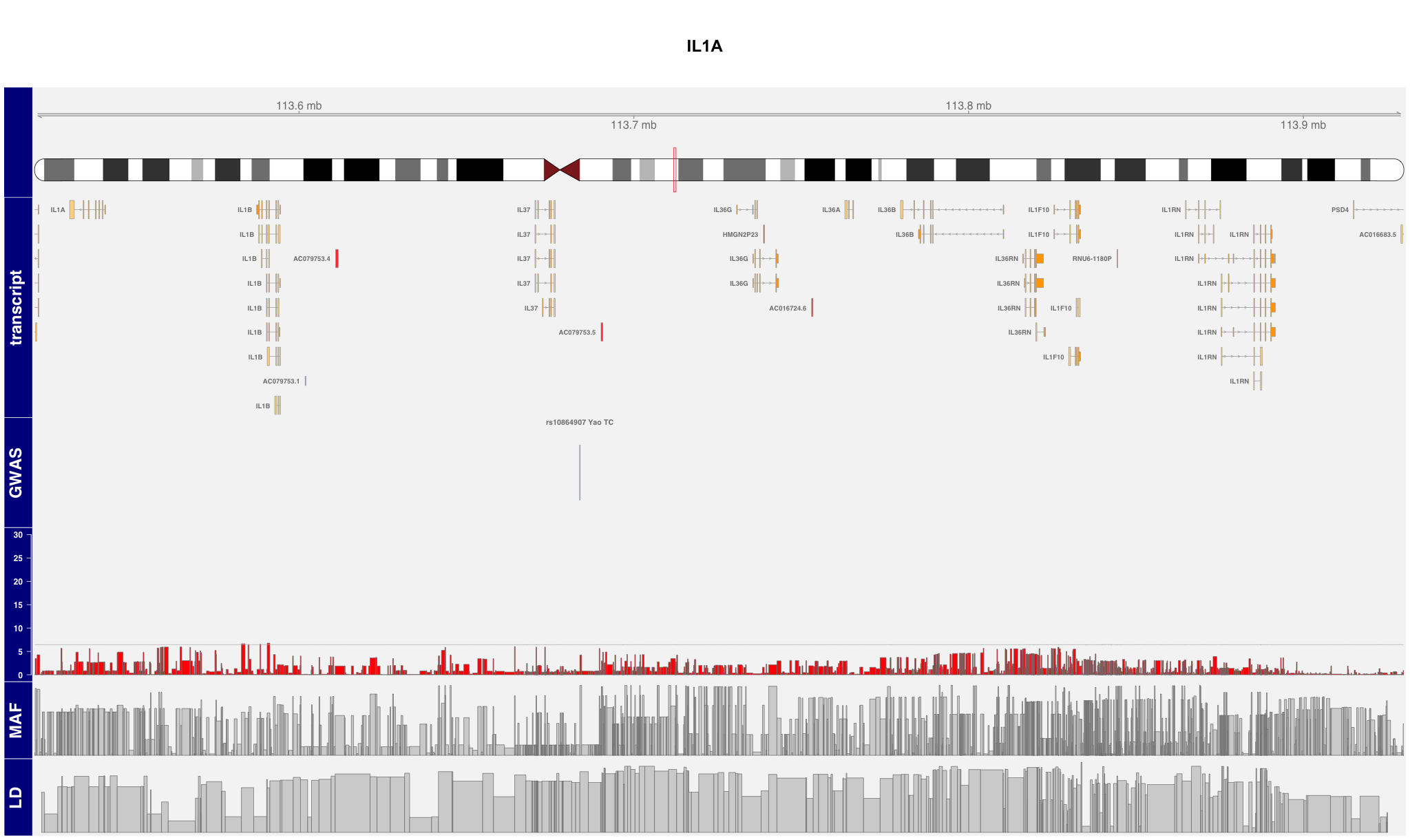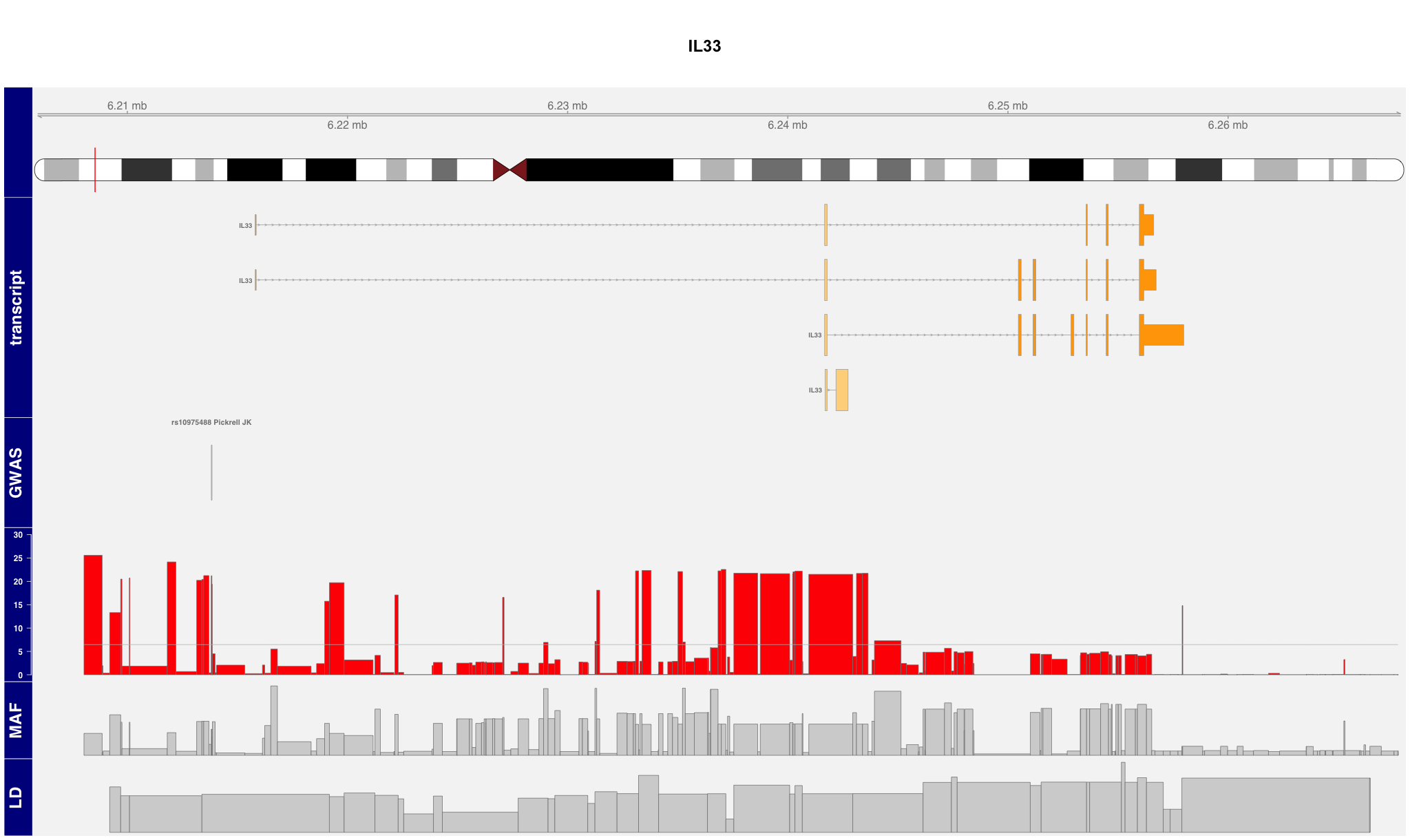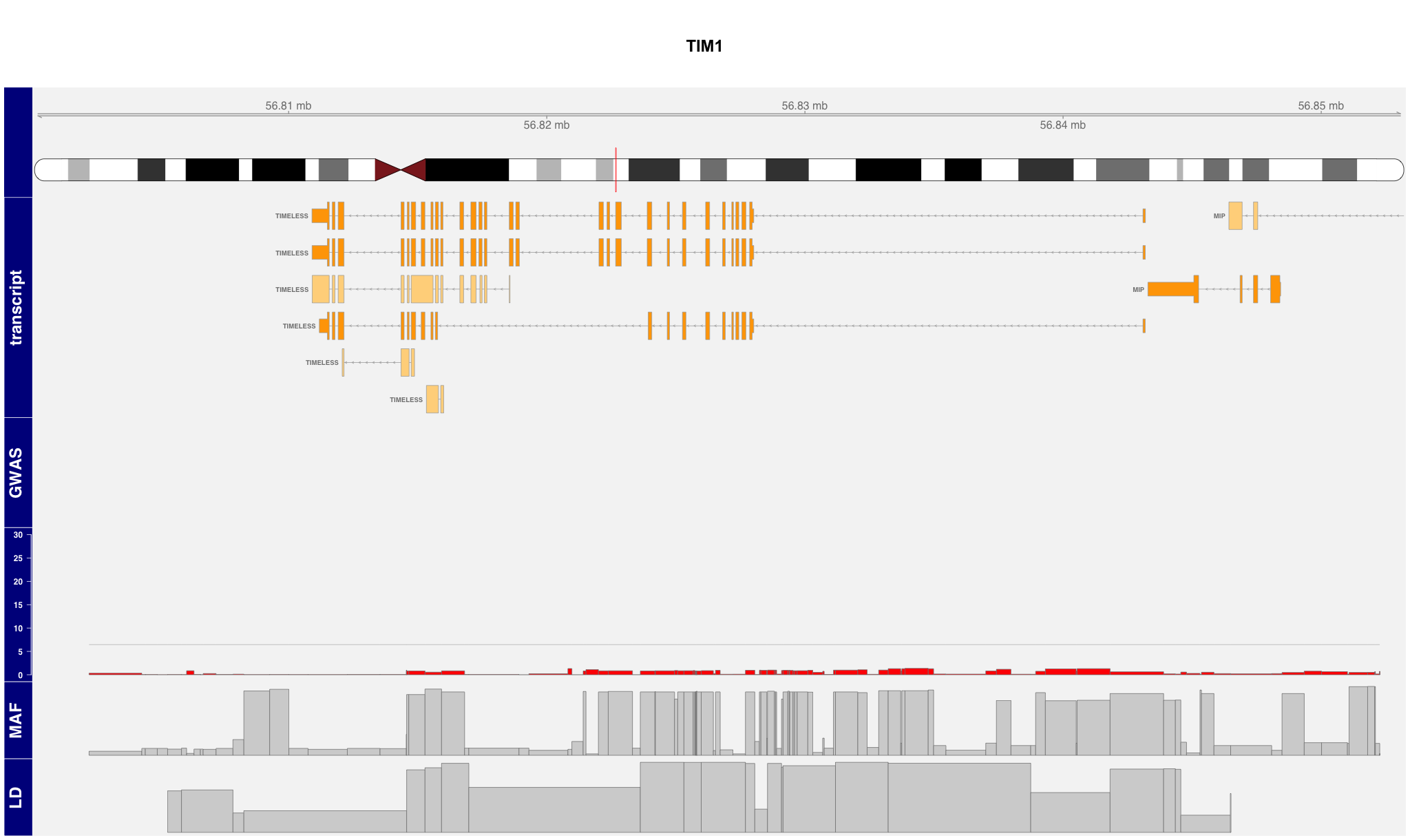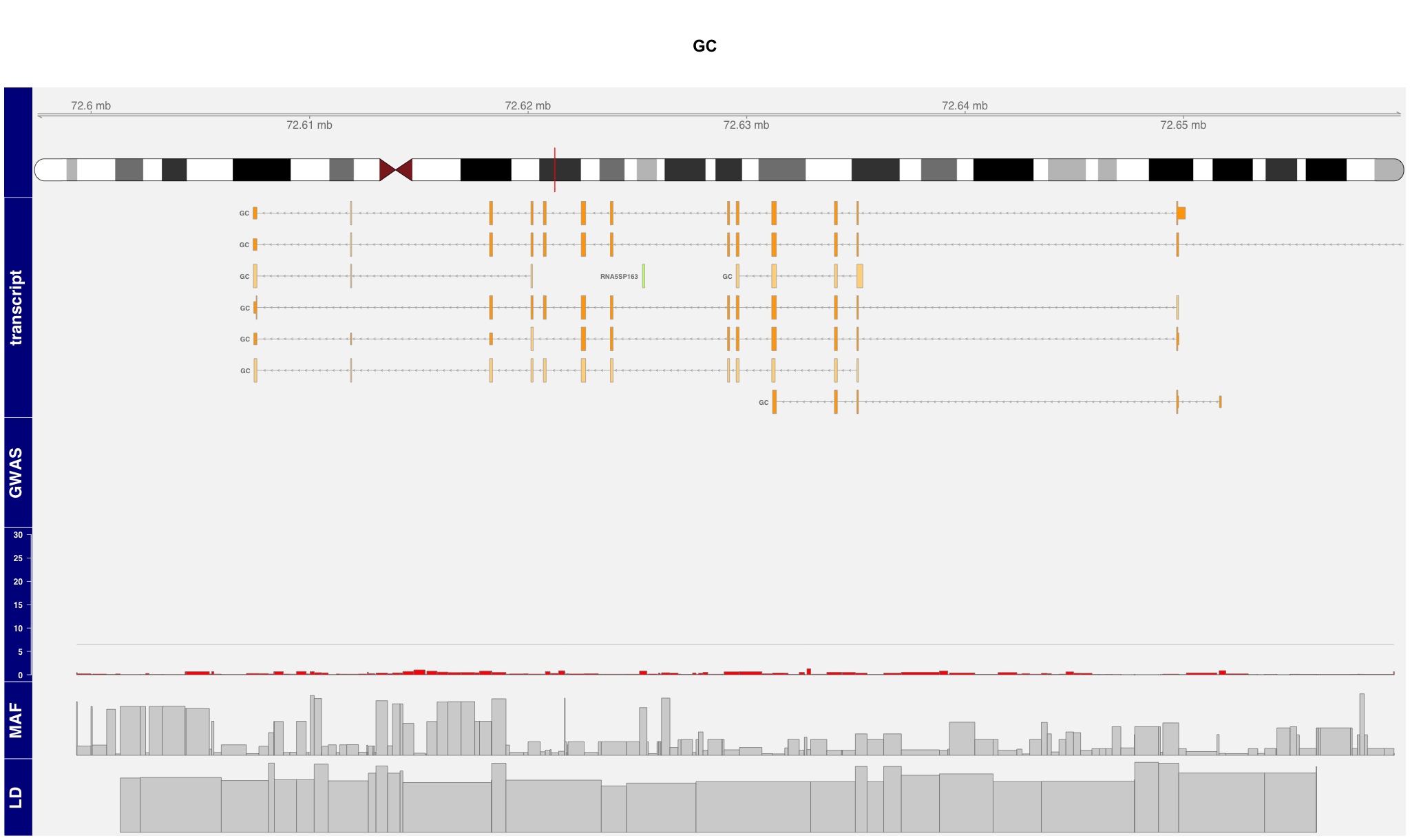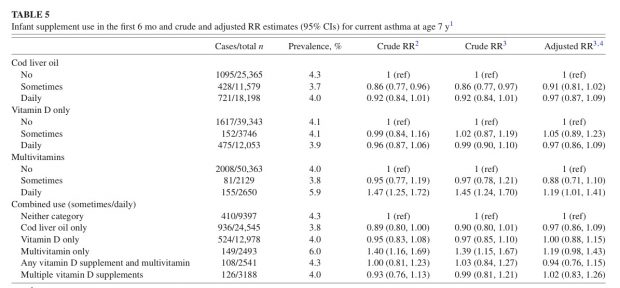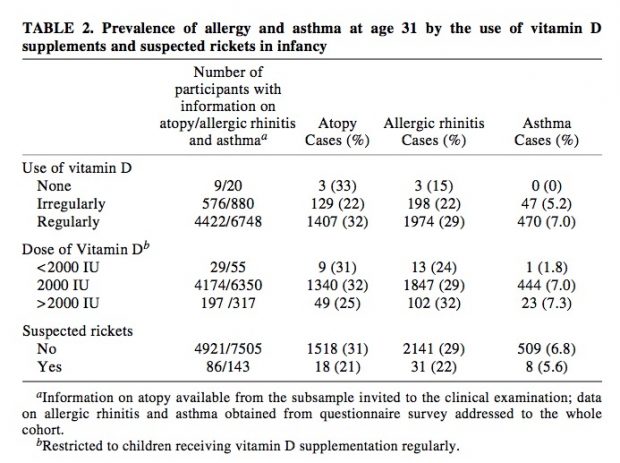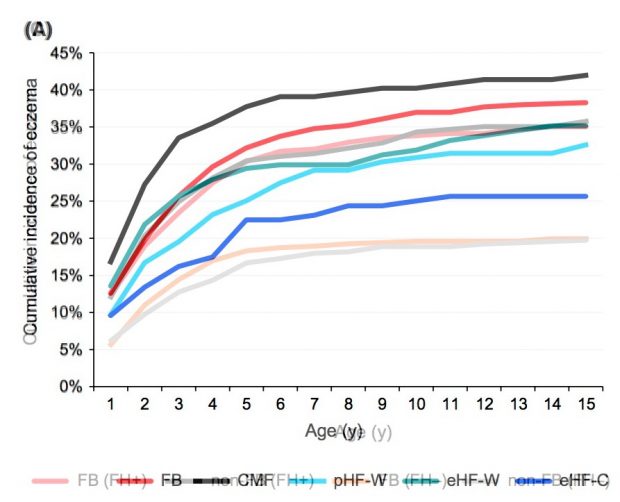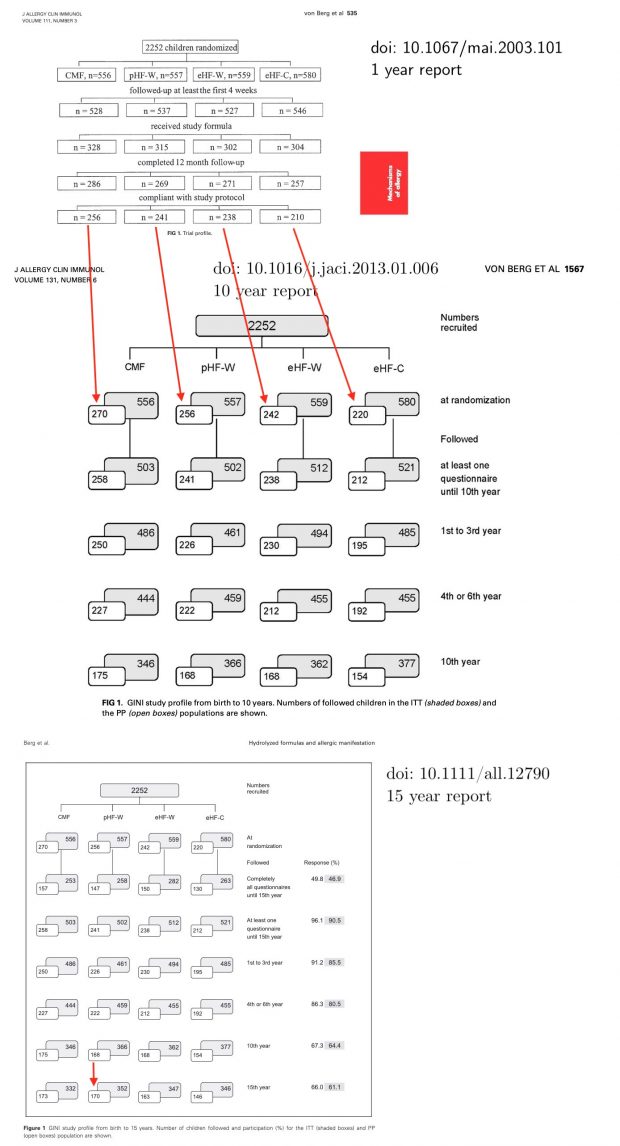“Planetary science” – just esoteric blahblah? Embracing the whole world? Exposome instead of enviromental exposure? The desperate reaction to many unresolved questions?
The importance of the exposome and allostatic load in the planetary health paradigm.
Logan AC, Prescott SL, Haahtela T, Katz DL.
In 1980, Jonas Salk encouraged professionals in anthropology and related disciplines to consider the interconnections between “planetary health,” sociocultural changes associated with technological advances, and the biology of human health. The concept of planetary health emphasizes that human health is intricately connected to the health of natural systems within the Earth’s biosphere; experts in physiological anthropology have illuminated some of the mechanisms by which experiences in natural environments (or the built environment) can promote or detract from health. For example, shinrin-yoku and related research (which first emerged from Japan in the 1990s) helped set in motion international studies that have since examined physiological responses to time spent in natural and/or urban environments. However, in order to advance such findings into planetary health discourse, it will be necessary to further understand how these biological responses (inflammation and the collective of allostatic load) are connected to psychological constructs such as nature relatedness, and pro-social/environmental attitudes and behaviors. The exposome refers to total environmental exposures-detrimental and beneficial-that can help predict biological responses of the organism to environment over time. Advances in “omics” techniques-metagenomics, proteomics, metabolomics-and systems biology are allowing researchers to gain unprecedented insight into the physiological ramifications of human behavior. Objective markers of stress physiology and microbiome research may help illuminate the personal, public, and planetary health consequences of “extinction of experience.” At the same time, planetary health as an emerging multidisciplinary concept will be strengthened by input from the perspectives of physiological anthropology.

